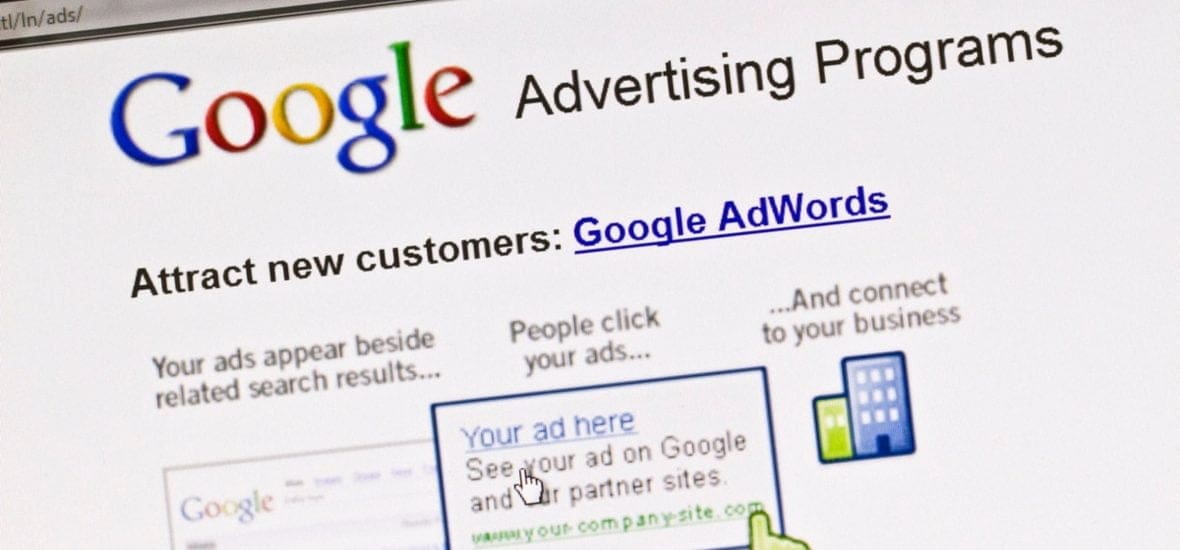
4 Sponsored Google ads Instead of 3
For years the number of ads sitting above the organic results on Google’s SERPs was limited to a maximum of three; a number which seemed adequate to meet the needs of the search giant and its advertising partners. But late last year all this changed and a trial involving boosting this upper limit to four ads began.
For a few weeks the number of SERPs which featured four ads made up less than one per cent of the queries served by Google. And yet in early February a spike in occurrences was the first sign that this initial test was being rolled out more widely.
Over a third of SERPs now feature the maximum of four ads, meaning that users are more likely to see this number of sponsored results than they are two or three paid links. In fact the four ad layout is now just as common as the single ad configuration, with the upward trend suggesting that it may eventually outpace it.
So how will this affect sponsored ads and PPC in general? Should advertisers be pleased as punch or critical of Google’s latest update to SERP layouts?
Google Ads for Competitive Keywords
Why would Google instigate an increase in the number of top ads from three to four? To make more money, of course; a point made clear by the fact that the majority of four ad SERP appearances have been limited to high volume searches for valuable, generic keywords for which there is a lot of competition.
Google itself has admitted that it is the most commercial queries that are being targeted with the four top ad layout. And so you would think that for less common or less obviously enterprise-oriented keywords there would be a reduction in the appearance of four top ads. But various sources have suggested that this is not the case, with phrases including ‘global warming’ generating four ads rather than three or fewer.
Golden Opportunity or Unfortunate Alteration?
Google’s decision to put more ads above organic results seems like a good one, both from its own point of view and from the perspective of clients who rely upon its ad platforms to gain new customers. One extra slot means one extra opportunity for smaller organisations to get their links displayed alongside larger competitors that may have been resolutely defending the top three paid positions in the past.
Of course actually being able to take advantage of this change will require hard work and skill with AdWords. And there is no guarantee that sponsored ads will remain in their current configuration. They may well undergo yet more manipulation at the hands of Google’s engineers in the near future. So anyone using Google ads to earn visitors should remain vigilant.